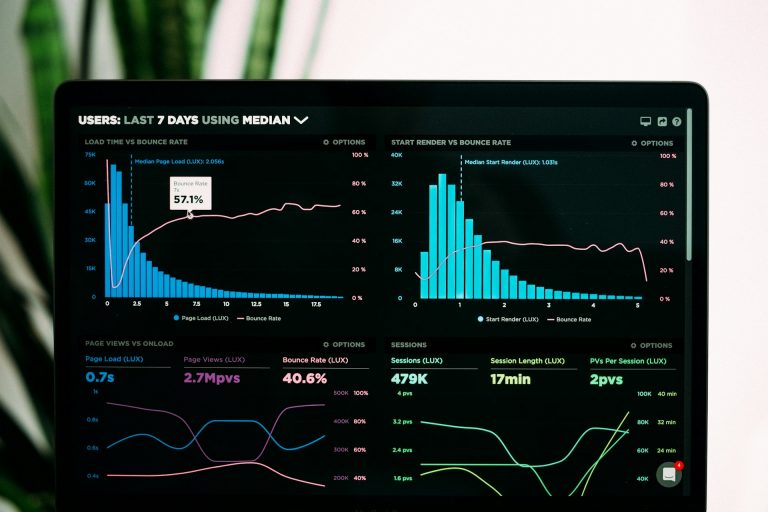This post delves deeply into accessibility issues, exploring their effects on user access to all aspects of technology, from websites and Wi-Fi networks to physical disability challenges as well as mental health difficulties. By the time you finish reading this piece, you will have gained a better understanding of this all-too-important issue and have taken one step toward providing equal opportunities for all within this ever-expanding tech landscape.
Understanding Barriers
With the internet becoming such an integral part of everyday life, millions of individuals with disabilities face numerous barriers when trying to access it. These barriers may prevent people with disabilities from fully participating in the digital world and make day-to-day tasks more complex. An inaccessible web experience and devices that are difficult to operate can be both frustrating and isolating, leading to feelings of isolation.
You must work toward making the internet more inclusive for everyone regardless of ability. By doing this, you’re empowering people living with disabilities while giving them equal opportunities to learn, work, and connect online.
Analysis of Web Accessibility
As internet usage increases, so does the importance of web accessibility. Ensuring that everyone regardless of ability or age can access websites easily is of utmost importance. Improving web accessibility not only benefits those with disabilities but also results in an enhanced user experience for all users.
Analyzing web accessibility is the first step toward making improvements, such as adding alternative text for images, captioning videos, or making sure a website can easily be navigated using a keyboard. By prioritizing web accessibility, you can foster an inclusive online world and ensure that everyone has equal access to resources and information.
Examining Assistive Technology Solutions
Today’s ever-evolving technological world has made online interactions an integral part of life. Yet, for individuals with physical or cognitive disabilities, navigating the web can often be challenging. This is where assistive technologies come into play. By investigating and adopting these assistive devices, you can make online interactions simpler and more accessible for everyone.
Screen readers and voice recognition software are among the many tools available that can assist those living with disabilities to maximize their online experiences. By accepting and making use of such assistive technologies, you can make the internet an inclusive and welcoming space for everyone navigating it.
Of course, the best accessibility testing tools can detect accessibility issues as well as provide recommendations to fix them. Regularly testing and improving web accessibility is crucial, since technology advances rapidly while people with disabilities have ever-evolving needs. By adhering to accessibility standards and making continuous improvements, you can make sure that online spaces remain inclusive and welcoming environments for everyone.
Disabilities That Affect Online Usage
Online activities have become an integral part of everyday life, from shopping online to networking on social media. Yet not everyone experiences online activities the same way due to different forms of disability.
Visual impairment is among the most frequently occurring disabilities that impede online usage, requiring people with visual impairments to use screen readers or assistive technology to access websites. A hearing impairment is another type of disability, limiting people’s ability to access audio content on websites or communicate through video calls. People with physical disabilities may have trouble using websites or a mouse. It’s therefore essential that online platforms recognize all kinds of disabilities so they can provide accessibility for everyone, regardless of ability.
Ways to Enhance User Experience
Everyone deserves equal access to technology and should be able to navigate it without any difficulty. Thus, it’s crucial that methods are highlighted that will enhance the user experience for those living with disabilities. Text to speech, closed captioning, and alternative navigation methods provide people with visual, auditory, and physical impairments equal access to digital content and technology. Designing interfaces that feature inclusive layouts and color schemes can have a profound effect on improving the experience for those with disabilities. A few simple modifications can create a more accessible digital space for everyone to enjoy.









